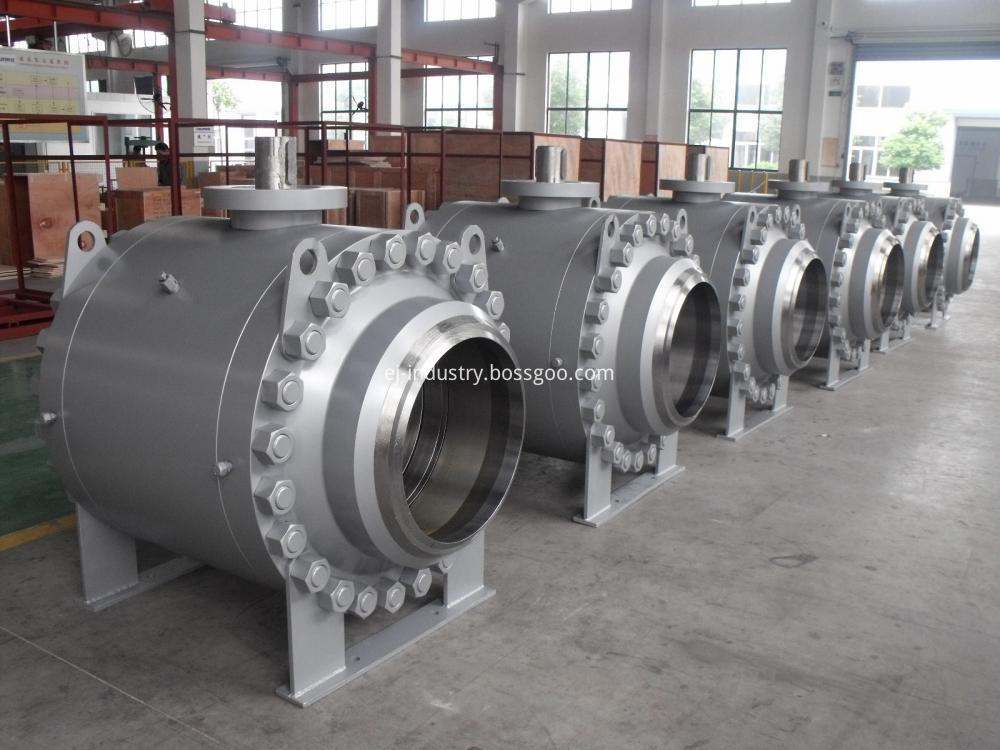[Chemical composition] SiO 2 65%~90%, H 2O is usually 4%~9%, up to 20%, Al 2 O 3 can reach 9%, Fe 2 O 3 can reach 3%, sometimes Mn can reach 10%, organic matter up to 39%, and other impurities.
[Crystal Structure] It is generally believed that opal is an amorphous mineral. However, according to electron microscopy and X-ray scanning recent study found that the interior side of the quartz crystallites having submicroscopic crystalline structure, and there is a large amount of water molecules. It is also proved that the precious opal has an ordered structure in which the SiO 2 pellets are the most closely packed in the hexagonal shape, and the ordered structure causes the magnifying of the precious opal by the diffraction of visible light (see Fig. Y-21). This diffraction to visible light is similar to the diffraction of atoms, ions, and x-rays in a crystal structure.

Figure Y-21 The closest packing of SiO 2 pellets in the opal
(According to Darragh, Gaskin and Sanders, cited in Pan Zhaoyu et al., 1993)
[Form] It is usually in the form of a jelly, a grape, a stalactite, or a skin.
[Physical properties] The color is indefinite, usually egg white, with different colors due to various impurities; generally micro-transparent; glass luster or protein luster. Colorless and transparent is called glass opal; semi-transparent and strong orange, red and other reflective colors are called fire opal; translucent with opalescent variable opal is called expensive opal, due to the existence of the aforementioned structural features, resulting in The visible light is diffracted and has a magnificent color change such as red, orange, green, and blue. Hardness 5 to 5.5. The relative density depends on the water content and the amount of adsorbed material between 1.9 and 2.3.
[genesis and production] The opal can be formed from a silica solution of hot springs, superheated liquid or surface water, often associated with low-temperature quartz, tridymite, cristobalite, etc.
[Identification characteristics] The identification of protein gloss and color change is sometimes similar to stone pulp, but the hardness is low.
[Uses] quality are commonly known as "Opal" as a treasure jade materials, such as precious opal, fire opal and other materials can be used as valuable carvings. Diatomaceous earth is used to make filters and is an important building and sound insulation material.
EJ Industrial Group Co.,Ltd is a leading professional valves manufacturer in China.
Our industry valves products range cast steel and Forging Steel Floating Ball Valve, Trunnion Mounted Ball Valve, Dbb Ball Valve , Gate Valve , globe valve, Check Valve and high performance Butterfly Valves. The fields we serve include oil and gas, LNG, refinery, chemical, pharmacy, mining industry, and so on.
All our products are manufactured and tested according to international standards API 6D, API6A, API600, ANSI B16.34, API607, API6Fa, API 591, API594,API609, API602, BS5153, BS1868, BS1873, DIN3202, DIN3352, BS5163, BS5153,BS5150, AWWA C509, API598, and EN12266.



Industrial Valves,Gate.Globe and Check Valves, Ball Valves
EJ INDUSTRY GROUP , https://www.ej-industry.com